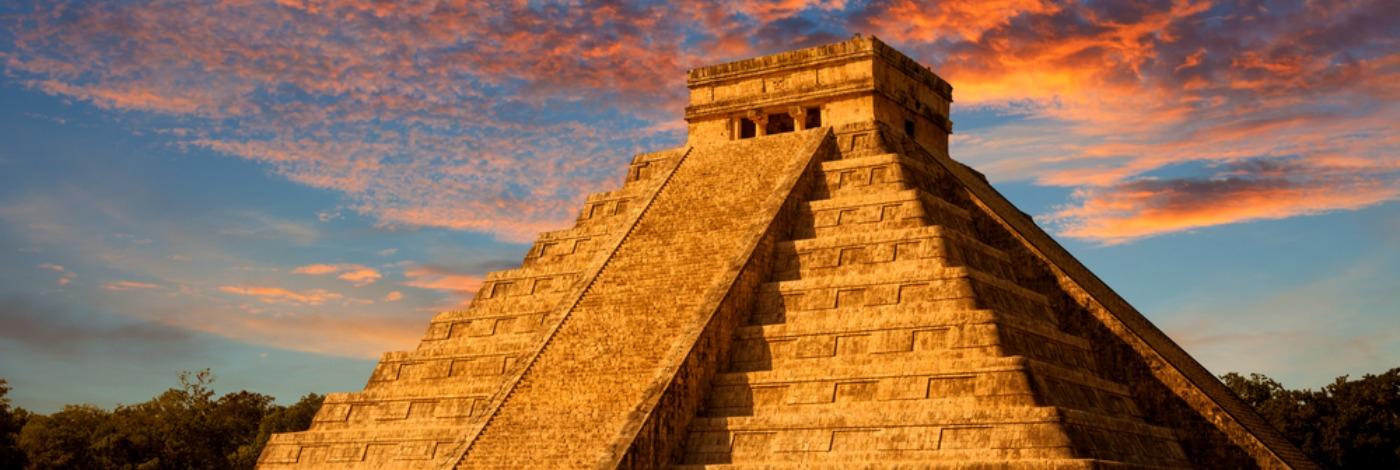
Chichen Itza in Mexico
One of the New Seven Wonders of the World is Chichen Itza in Mexico. It is the location of a former Mayan metropolis that includes a massive pyramid called The Temple of Kukulcan. A visitor's park covering over five square kilometers surrounds Chichen Itza. It is highly recommended to take a tour as a stand-alone attraction or book accommodations nearby in Tulum or Cancun.
Yes, Chichen Itza draws a sizable number of tourists each year as a fascinating example of Mexico's long history. Despite the throngs you will definitely encounter, visiting this ancient city will leave you with priceless memories.
History of Chichen Itza in Mexico
Chichen-Itza, which means "At the edge of the well of the Itzaes," was built during the Classic era near to two natural caverns. The area's subsurface waters were easier to access because to the cenotes. Later local chronicles provide a variety of dates for this settlement; one document says 415–35 A.D. The Nunnery, the Church, Akab Dzib, Chichan Chob, the Temple of the Panels, and the Temple of the Deer are just a few of the significant and fascinating landmarks that the town that developed around Chichen Viejo already possessed. Between the sixth and tenth centuries, they were built in the distinctive Maya architecture that was then prominent in both the northern and southern parts of the Puuc hills.
The migration of Toltec soldiers from the Mexican plateau to the south during the tenth century coincided with the second settlement of Chichen-Itza, which is considered to be the most significant by historians. The King of Tula, Ce Acatl Topiltzin Quetzalcoatl, or Kukulkan as the Maya translated his name, is said to have conquered the city between 967 and 987 A.D., according to the most widely accepted version.
A new style that combined Maya and Toltec traditions emerged after the conquest of Yucatán, illustrating the phenomenon of acculturation. A perfect example of this mix is Chichen-Itza. Examples include the Caracol, a circular stellar observatory to the south whose name is derived from its spiral staircase, and El Castillo to the north.
The major monumental complexes were constructed on terraces surrounding El Castillo, including the Great Ball Court, Tzompantli or the Skull Wall, the Jaguar Temple, and the House of Eagles on the north-west; the Temple of the Warriors, the Group of the Thousand Columns, the Market, and the Great Ball Court on the north-east; and the Tomb of the High Priest on the south-west.
No significant monuments appear to have been built at Chichen-Itza after the 13th century, and the city began to swiftly collapse about 1440 A.D. Excavations didn't begin on the ruins until 1841 A.D.
Check out our most popular Mexico packages from here!
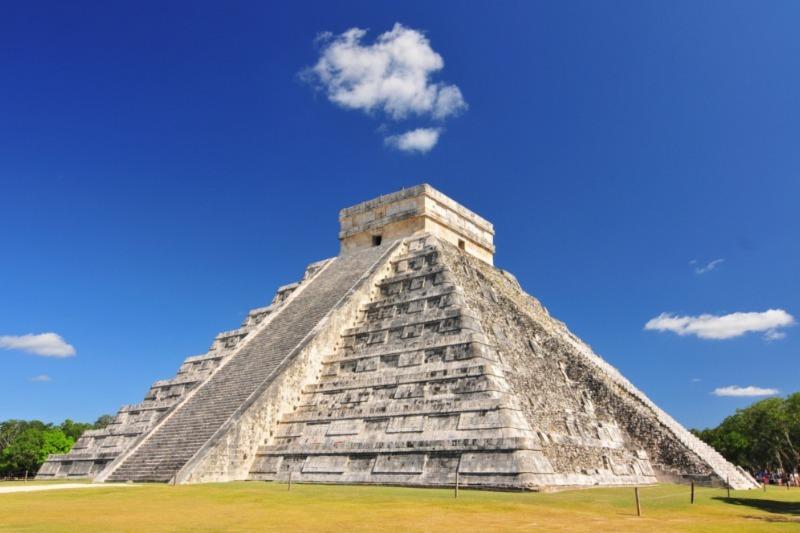
Things to Do
Ik Kil Cenote
Take a colectivo back down the main road towards Valladolid after touring the temples of Chichen Itza in Mexico, and get off at the Cenote Ik Kil entrance. This cenote allows swimming, unlike the ones found in the archeological region. It's not only stunning to look at, but the Azul water's long hanging vines are incredibly cooling in the Yucatan heat. On-site facilities include locker rooms, changing areas, and a cafeteria where you can recharge with tacos.
Temple of the Warriors
The name of the enormous stepped pyramid known as The Temple of the Warriors was inspired by the warrior-themed carved columns that surround it. This temple's resemblance to Temple B in Tula, the Toltec capital, suggests some sort of cultural exchange between the two areas. But the one in Chichen Itza is a lot bigger. Chac Mool, a statue showing a reclined person holding itself on its elbows with a bowl or a disk on its stomach, is located at the top of the stairway on the temple's peak. There are several exposed columns along the Temple of Warriors' south wall. These would have supported a substantial roof structure when Chichen Itza was populated.
The columns are divided into three separate groups: a west group that extends the front lines of the Temple of Warriors; a north group that runs along the Temple of Warriors' south wall and contains pillars with bas-relief carvings of soldiers; and a northeast group that appears to have formed a small temple at the Temple of Warriors' southeast corner.
North Temple
Both ends of the basketball court are occupied by the North Temple. Inside the North Temple are sculptured pillars, other sculptures, severely damaged murals, and more. The ball court's acoustics are so good that from the North Temple, a speaker can be heard clearly at the other end, which is roughly 135 meters (443 feet) distant.
Temple of Skulls
Temple of the Skulls, or Tzompantli — The Temple of the Skulls, which is to the right of the basketball court, is clearly influenced by the post-Classic cities of central Mexico. Observe the rows of skulls etched into the stone platform; after the head of a sacrificed victim was severed, it was impaled on a pole and arranged in a neat row. Images of eagles ripping the hearts out of human victims are also shown in the carvings on the stone. The word "Tzompantli" is from central Mexico rather than the Maya.
Sacred Cenote
The large natural well that may have given Chichén Itzá (the Well of the Itzáes) its name is located 5 minutes north of the Platform of Venus on a dirt road that is actually an old sacbé, or causeway. The bones of both children's and adults' sacrifice victims were discovered at the bottom of this ritual well.
Early in the 20th century, Harvard professor and American consul in Mérida Edward Thompson bought the Chichén ruins and used dredges and divers to examine the cenote. His discovery of a large amount of gold and jade, the majority of which ended up at Harvard's Peabody Museum of Archaeology and Ethnology, continues to trouble Mexican classicists today. More treasure was discovered during the 1960s excavations, and analyses of the recovered artifacts reveal that the offerings originated from all around the Yucatán and even farther afield.
El Caracol
One of Chichén Itzá's most remarkable buildings, El Caracol (The Observatory), is located in the historic portion of the city. The spherical tower of El Caracol, often known as The Observatory or "The Snail" because of its shape, appears to be any other contemporary observatory up close. This intricate structure with a circular tower was built over many years, acquiring alterations and additions as the Maya's meticulous celestial observations needed more precise measurements. The angles, staircases, and entrances differ greatly from those of other Maya structures. A spiral staircase leading to the upper level may be found in the tower's circular room. The equinoxes of the sun are lined up with the openings in the roof.
The summer solstice, the spring and fall equinoxes, and the cardinal directions were all observed by astronomers. A road extends north into the forest on the east side of El Caracol to the Cenote Xtoloc, a natural limestone well that supplied the city's daily water supply. The xtoloc species, for which this cenote is named, may very probably be there if you notice lizards lounging there.
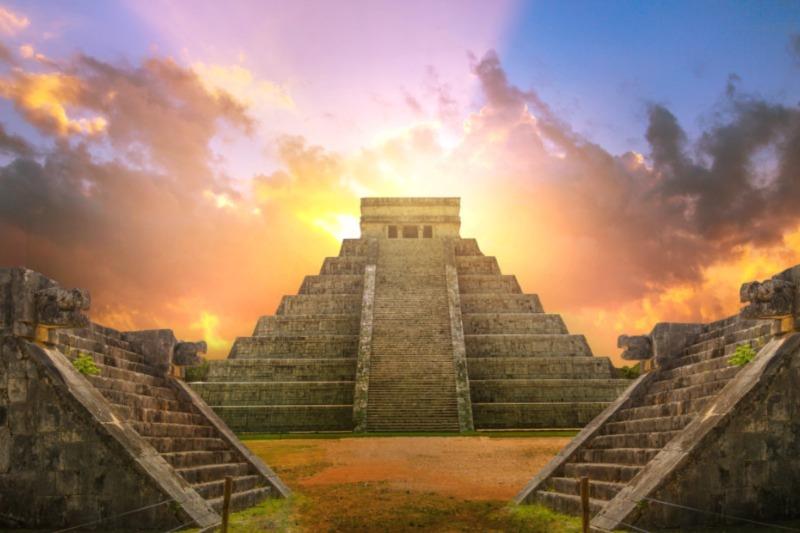
Discover the best Mexico Packages from here!
Best Time to Visit
In Yucatan, Mexico, the greatest months for weather are November through March. A tour of the historic city would be disagreeable and wet because the rainy season starts after June and the summer months can be oppressively hot. Visit closer to November if you want to avoid the big hordes of tourists seeing Chichen Itza. At this time of year, there are the fewest visitors in the area, allowing for a more personal encounter with the temple city.
Chichen Itza in Mexico has brief, gloomy, and sweltering summers. These brief summers last from April to June for roughly three months. May is the hottest month, with highs of over 100 degrees Fahrenheit. After the summer, there is a rainy season that lasts from June until October.
Tips To Keep in Mind
The Souvenir Vendors Are Unavoidable.
If you arrive early, you will have some tranquility as you explore without being constantly bothered by the gift vendors since they are let in at 8 am along with the tourists. But once they've set up their stalls, it's nonstop. Everyone will be eager to offer you anything for the best price possible—one dollar, which is essentially free. The jaguar's "whistles" are the oddest and most annoying noises I have ever heard; they sound like a combination between a wailing baby and a sick animal.
The Pyramids Are Off Limits as Are The Cenotes
Unlike some other Mayan archaeological sites, none of the pyramids are climbable. Hundreds of years ago, individuals were thrown into the cenotes at Chichén Itzá as a place for religious rituals and human sacrifices, so even if the water of the sacred cenote was less green, I still wouldn't fancy swimming in it! Still, bring your swimwear because the neighboring Ik Kil cenote lets you use it.
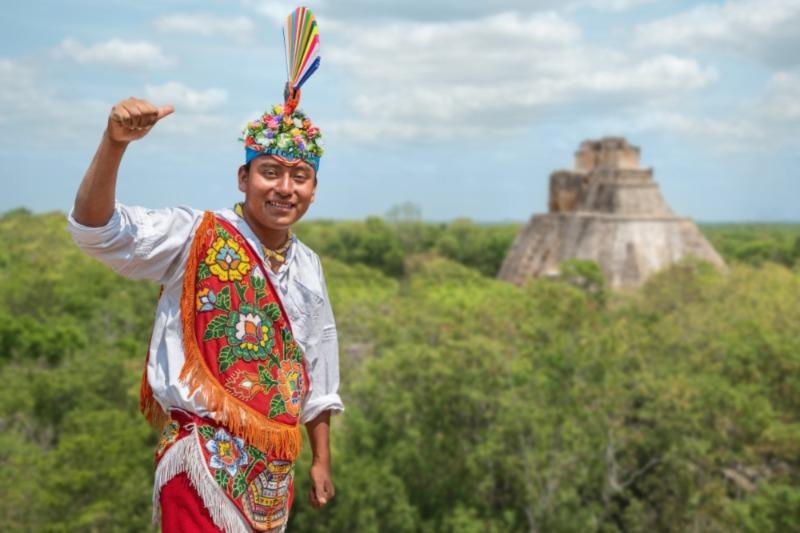
related tours
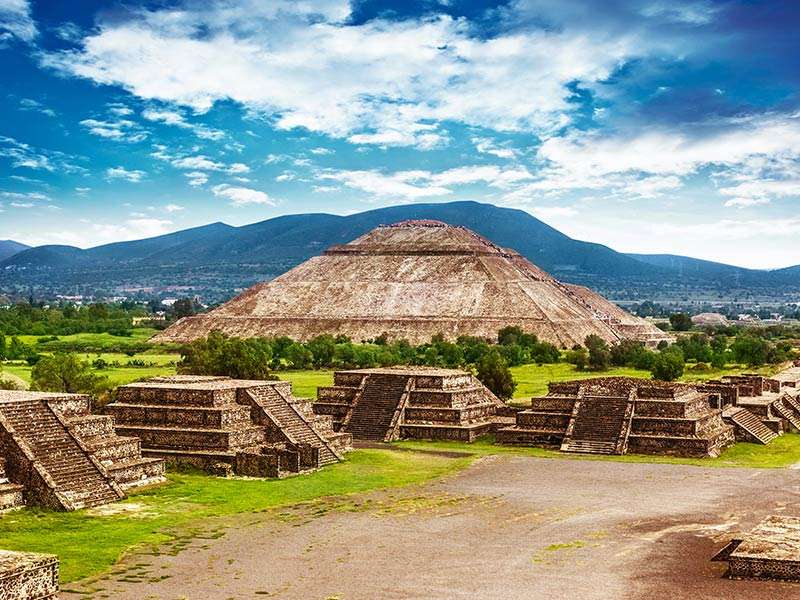
The Magic of Mexico
11 Days / 10 Nights
From
$ 1945
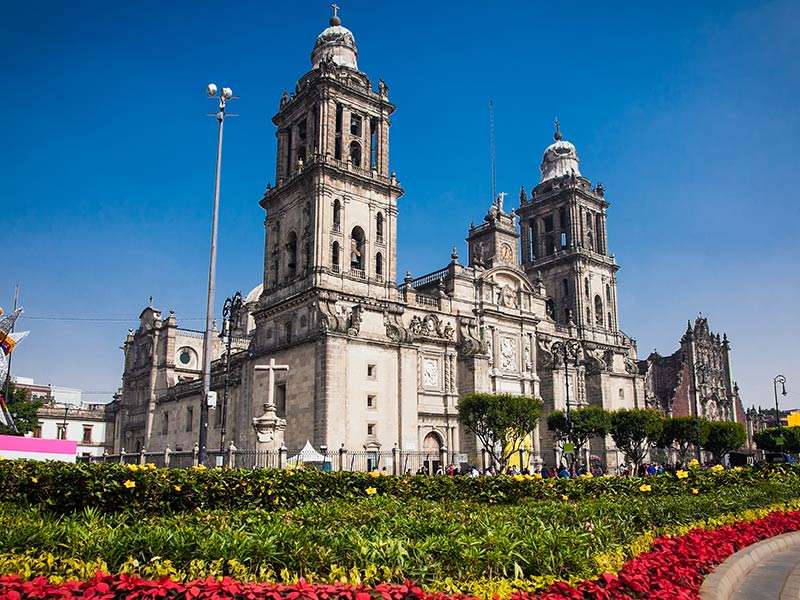
Mexico Wonders
8 Days / 7 Nights
From
$ 1320
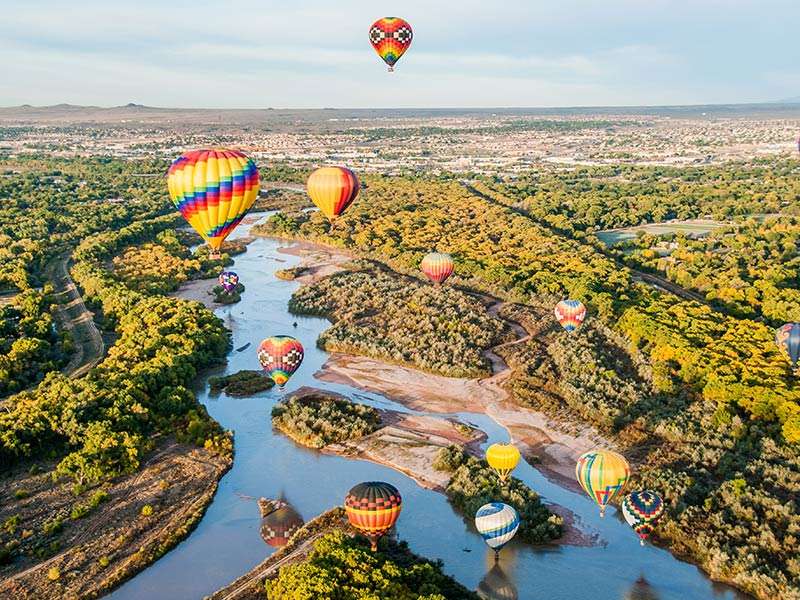
Escape To The Rivera Maya
6 Days / 5 Nights
From
$ 440
